The birth of a child in every family becomes the most striking event in the life of parents, because every small achievement in development is very happy. One of these significant incidents can be deservedly considered the first steps of the baby.
Content
Every day of its recently begun life, the child’s body grows, develops and stronger in order to better know the world around him. Parents look forward to when the baby begins to crawl confidently, and then walk. Many try to teach the child to walk as soon as possible.
However, do not rush natural processes too much, and among many recommendations the most rational ones should be distinguished. First of all, any significant progress in development should be accompanied by the correct preparation of the child. Babies can take their first steps from 9 to 18 months, depending on the individual pace of development and psychological factors.
How to teach a child to walk?
Parents should by no means bring their child to the statistics of pediatric literature. All children develop individually and rarely a child strictly according to the standard to learn to crawl, run on all fours, stands in a crib and then goes. Practice shows that quite often children can refuse to crawl, and the sitting position sharply change immediately to uprising.
Restless mothers are constantly trying to find out the optimal age to start walking. Unfortunately, no one who has experience and consultations is right to answer exactly for the natural processes of the body of a small person. Only when the baby matures and strongly strongly, he will be ready for such a dangerous adventure for him.
Also, the development of the baby should not be allowed on a gear, but it is recommended to help and follow him. The child’s muscles can be weakened or overstrain (hypertonicity), which delays walking. Only specialists can correctly diagnose the condition to prescribe the correct treatment, but often the baby simply needs to help develop coordination of movements with special gymnastics.
Exercises to teach a child to walk
Charging allows you to strengthen muscles and give the baby self -confidence:
- From the first weeks of the baby you can already be prepared for training. To strengthen the muscles of the back and neck, the child should daily lie on the stomach for at least 10 minutes.
- The period from 2 to 6 months. Body turns should be encouraged and stimulated. For example, keep the toy directly above the face, and then move to the sides for training the muscles of the back, neck, arms and legs, as well as preparation for a sedentary pose.
- The period from 4 to 6 months. A child to learn to sit in pillows or independently, which requires constant stimulation with turns, a support on objects and toys out of reach to improve coordination.
- The period from 6 to 9 months. Put your child on a not completely pouting ball with your back to yourself and, holding the hips, rock the ball to the sides to develop coordination of movements and the ability to balance and maintain balance.
- A period of 9 months. Put the baby on the table, squat down and, holding behind the chest, swing forward and backward. Such an exercise will force him to stand on his own if the muscles are strong enough. If the child refuses to get up, then leave the exercise for a while.
- The period from 9 to 10 months. The child is already starting to cross up uncertainly, holding the hands of his parents. As a simulator, a baby stroller is suitable, holding on to which the child will take a step in the slow movement.
- A period older than 9 months. Take a hoop or pole and give it to the child as a support. Slowly move the item, forcing the child to move around him in different directions and in a circle.
- The period when the baby rises from his knees independently with the help of support. Drive your favorite toy on the floor so that the child crawls behind it to the chair or sofa, and then put it on the edge so that he needs to get up to himself to achieve the goal.
- The period when the child confidently steps by the hand with his parents. Take a bright lace or any other noticeable rope and pull between the furniture around the room at the level of its knees. Bring the baby by the hand to her and learn to step over obstacles.
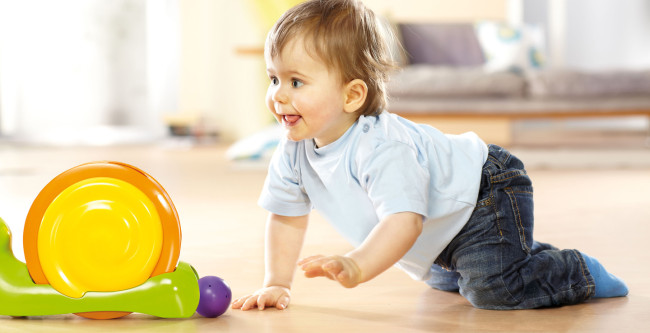
Relief, stimulation and walking safety
In an effort to help and teach to confidently walk a one -year -old child, an assortment of goods for the development of babies is expanding. Some previously popular devices today are no longer relevant and, according to pediatricians, can even harm further development. The modern industry of children's goods does not stand still, but practice shows that not all experts recommend their mandatory use.
Teach a child to walk with the help of walkers
Such a walking simulator as a walker is a small round table with a seat made of soft material and equipped with wheels. Sitting in such a chair, the baby can push off the floor and move around the room. The height of the chair is adjustable, which allows you to get the floor only with socks or stands on the entire foot.
It is this device that causes numerous disputes for both for and against its application. The main concern is the fact that after their use, the child may not want to make additional efforts for independent movements. However, the walkers will not bring serious harm if you follow the elementary rules for their use.
Recommendations for the use of walkers:
- A long stay in the walkers creates an additional load on the spine and can lead to its curvature.
- Do not leave the child in the walkers unattended by adults.
- Do not prematurely put the child in the simulator if he does not know how to sit on his own and confidently.
In fact, such a simulator is not so much harm as the absence of its useful qualities. After all, sitting in an armchair and starting from the floor with his feet, the baby does not learn to walk, but just ride. Moreover, the child is insured against falls and not learn to keep balance and coordinate movements. However, for particularly active children who tirelessly crawl around the rooms, this simulator will allow you to know the surrounding world, and to parents will reduce the care of the baby.

Teach a child to walk with a stroller
Such a catka for children is a trolley on four wheels with a pen, holding on to which the child pushes the simulator in front and, leaning, goes after him. Such a trolley is more convenient for a stroller, because it is lighter and smaller, which corresponds to the growth of the baby. The simulator is very useful for the independent movement of children, as it is used as a reliable support and allows you to gain confidence before walking without the help of whom or something.
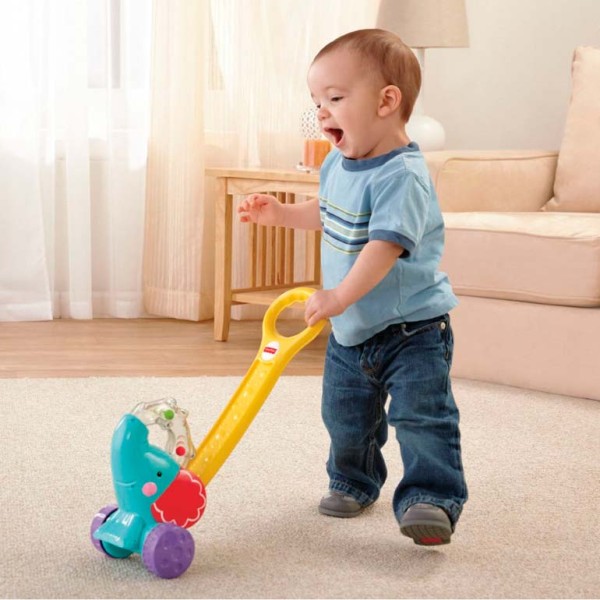
Teach a child to walk with the help of reins
Such a cloth leash resembles a kangaroo seat on a long belt and is used at the first stages of walking. If the child is ready to move independently, but poorly coordinates movements and holds balance, such a simulator will become the best assistant for insurance from frequent falls. Walking with the baby in such a device is very convenient, and most importantly safe.
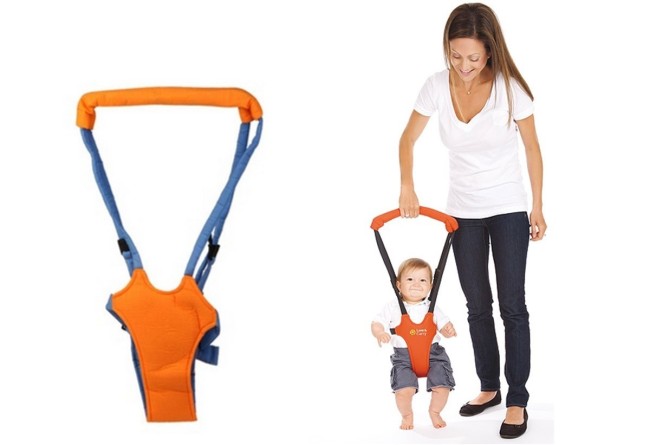
Teach a child to walk with shoes
One of the most controversial issues when walking is also the need to wear shoes and its qualitative characteristics. Many believe that in order to prevent the development of flat feet, the baby needs to wear orthopedic supervisors. Such shoes provide the best adhesion to the surface and reliable fixation of the foot.
However, long -term research of the American orthopedist S. Vicler showed that those who wear free shoes with a bending sole or even go barefoot are owners of healthy feet. The doctor claims that it is hard shoes and supinators that weaken the muscles and the correct bend of the feet, which should develop naturally. Therefore, the shoes should be free for comfortable stirring in it with his fingers, and if possible, the child should walk barefoot.
Security at the first steps
In an effort to quickly teach their baby to walk, parents should pay special attention to the fact that the child will begin to know the world and objects that are previously inaccessible with interest. Therefore, it is necessary to carefully prepare for the new level in the life of the baby so that his experiments do not become negative. Otherwise, the child may be afraid and refuse to make new attempts due to fear of danger.
You should adhere to the basic safety regulations:
- Close all sharp corners and furniture parts with special limiters or foam rubber to avoid injuries of a child at the level of growth.
- Close all the electrical stalls with special silencers.
- Close all the household chemistry and cosmetics in the upper cabinets so that the child cannot have access to them.
- Learn to remove all dangerous items immediately after their use in unattainable places for a child.
- Remove all fragile, small, valuable, heavy and potentially dangerous items to a height of more than a meter.
- Remove the tablecloths from the tables so that they cannot be pulled together with dishes and equipment on the floor.
Is it worth it to specially teach the child to walk?
According to the popular TV presenter and doctor Komarovsky today, today parents have no reason to concern about the child’s walking delay. Such an important stage in his life is affected by many factors, such as a sudden illness and a general weakened health of the baby, which will suspend his desire to know the world by an elementary lack of sufficient energy for about a month. It also often occurs that the child will fall or severely hit new objects and will be afraid to make new independent attempts to walk.
Some rapidly developing children begin to walk from 9 months, and weaker for health reasons even after 18 months. At the beginning of training, many third -party problems and factors can arise that affect the desire of the crumbs to take an independent step. However, there is no need to force the child to learn walking if he does not have a natural desire for this.
If the child feels physical and psychological readiness, he himself will strive to know the environment and it will be difficult to stop him. Of course, if parents will drive the baby under his arms, he will be delighted with new impressions. However, the child who does not know how to walk independently will demand to take him in his hands constantly and does not want to make his own efforts, and the mother will be a hostage to the situation and, most likely, will suffer from back pain.
Some parents worry that early walking can harm the normal development of the child’s legs. Studies show that the child’s body is able to withstand the load that is found in the path of his natural development. Beginners in children can bend their legs, but this does not depend on his age and the first steps.
What to do if the child refuses to learn to walk on his own?
All successes of the baby will certainly please loved ones, especially this applies to the first independent steps. Young parents even prepare for them in advance and try to capture this event on the video. However, sometimes it happens that after several uncertain attempts in walking, the child again sinks to all fours and moves only crawling.

Reasons for refusing to walk in a child
The most common fears in children can be:
- Laziness. The kid was used to sitting in a walker or reins and refuses to make efforts.
- Lack of interest. If the route for studying the environment does not change, and the child loses interest in the usual atmosphere, he may stop repeating attempts at uncertain movement on his feet.
- Fall. It is possible that it was precisely the first attempts that were associated with the strong blows of the child in the fall and he intuitively connects walking with pain.
Help of parents in walking
Having found out the main reason for the baby’s refusal of straightforwardness, parents should try to help the child:
- In order to fight the laziness of the child, stimulate it by putting interesting objects higher.
- If the child is afraid to fall again, support him and carefully ensure that new traumatic situations do not arise.
- If the child is sluggish, do charging with him or massage for warm -up, because walking for him is still a very heavy physical exertion.
- Do not worry yourself and do not show this to the baby, even if the first attempts have become unsuccessful.
- Do not force the baby to walk, if he refuses, perhaps he feels bad and cannot show you this - he will go when he will be ready.
- Do not limit the space of movement with a person or one room, so the baby will have interest.
- Do not indulge the whim and laziness of the baby when refusing to walk and do not wear it for excessively long in your hands.
- Do not scold the child at the first attempts, support a cheerful mood with pronouncing poetry or singing.
- Refuse strokes and other devices, let the child wean from auxiliary means.
- Walk more with your child in playgrounds so that he sought to repeat the walking of older children.
- Praise and speak affectionately with the child - he needs to feel psychological support.
Video Council: How to teach a child to walk?
A qualified psychotherapist will tell you how to deal with possible problems when walking in a child:


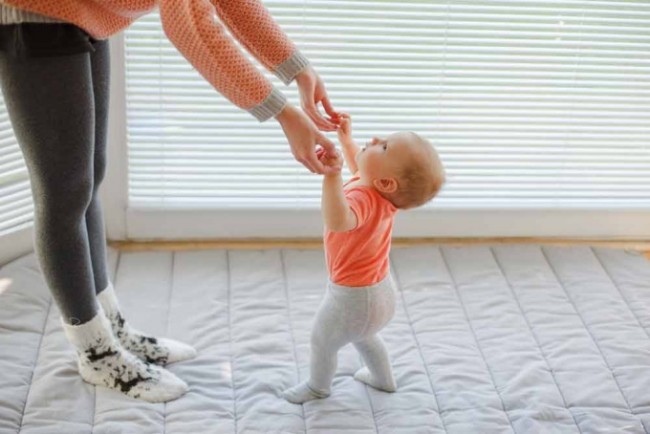
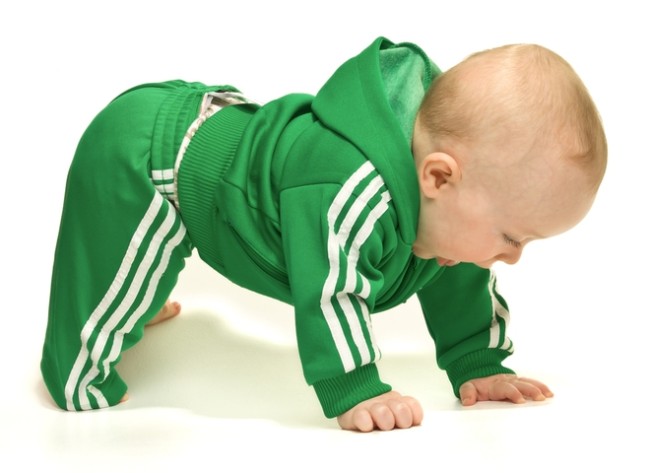
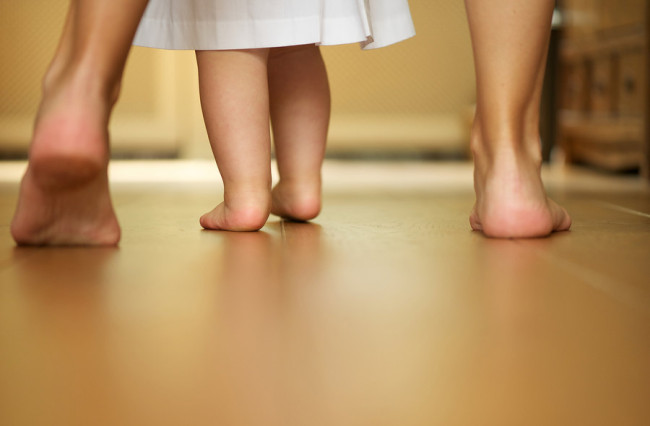
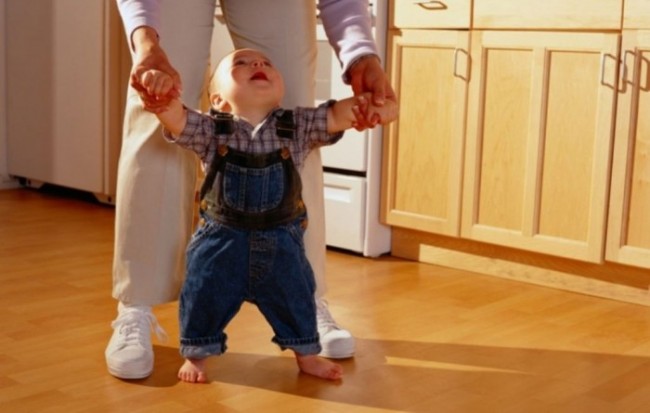







Comments
a couple of years ago, there was no side of metrogils from the same problem, there were no side effects ...
I’m not a fan of peeling at all, it saves from acne of metrogil, it also smoothes it ...
Great article! ...
I take the second course of the Capsules Climafite 911. The tides went very quickly. It became calmer, irritability went away and I sleep well ...
i also noticed - it is worth nervous, everything immediately affects the face. Therefore, I try to avoid conflicts and unpleasant people. Of the creams, I like Miaflow from wrinkles - smoothes not only small wrinkles ...